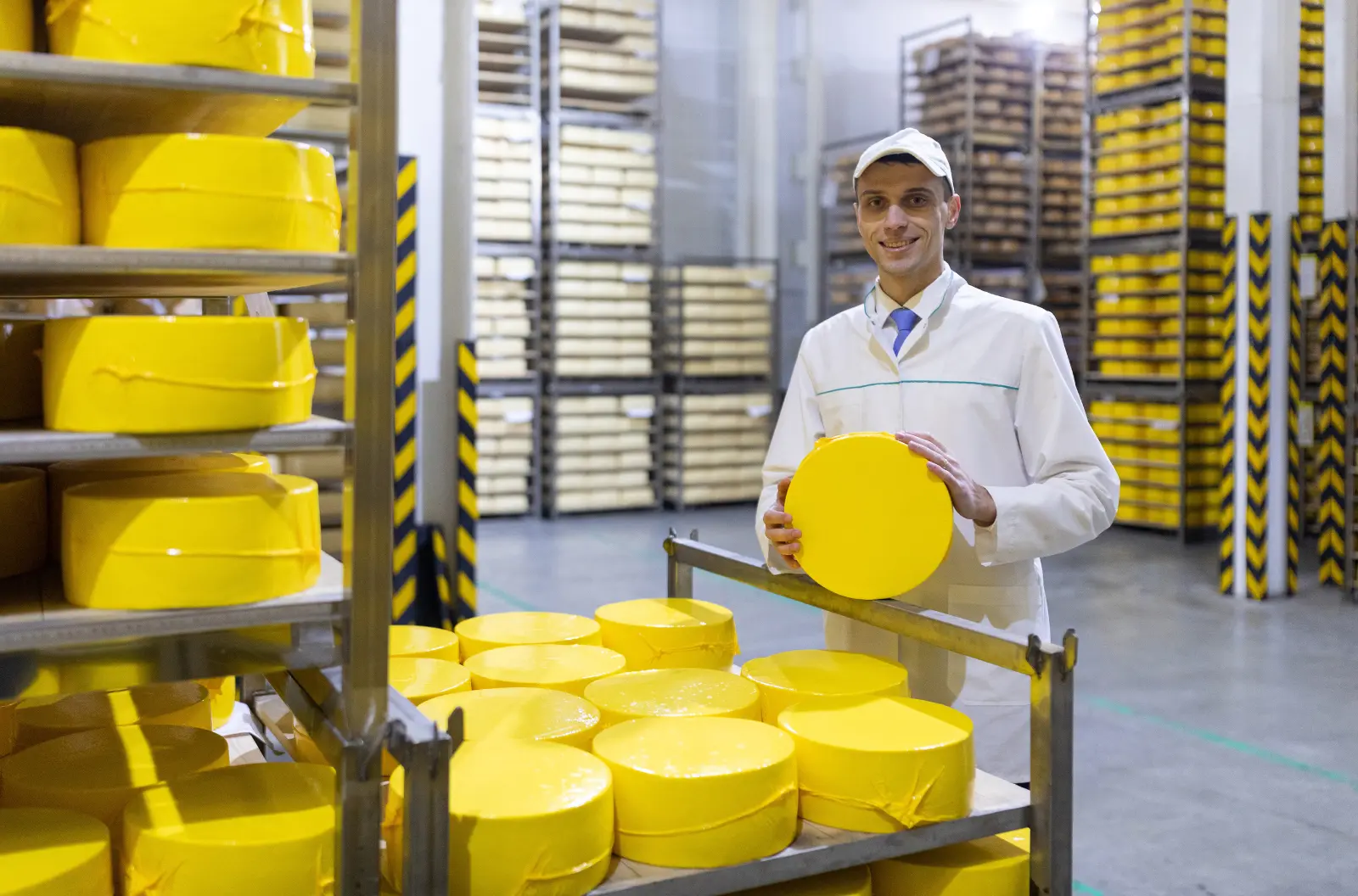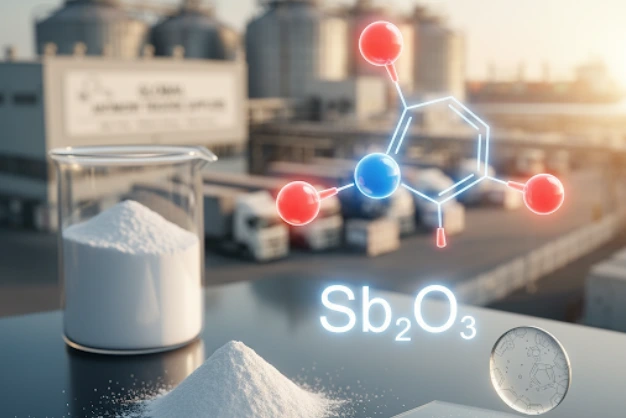Best Storage Practices
Comprehensive Risk Assessment
Utilizing Appropriate Containers
Strategic Accessibility and Placement
Advanced Inventory Management
Labeling and Segregation
Standardizing Labeling
Rigorous Segregation Rules
Optimal Storage Conditions
Precision in Temperature Control
Humidity Control and Ventilation
Managing Light Exposure and Security Measures
Conclusion
FAQs
What are the basic requirements for chemical storage facilities?
Basic requirements include using appropriate containers, ensuring proper labeling, maintaining adequate ventilation, and segregating incompatible chemicals. Facilities must also comply with local and international safety regulations.
How often should chemical storage areas be inspected?
Chemical storage areas should be inspected regularly, at least monthly, to ensure that all containers are intact, labels are clear, and no unauthorized access has occurred. More frequent inspections may be necessary depending on the volatility or toxicity of the stored chemicals.
What is the best way to handle temperature-sensitive chemicals?
Temperature-sensitive chemicals should be stored in climate-controlled environments. Use refrigeration for chemicals that must be kept cold and insulated or heated areas for those that require higher temperatures. Monitoring devices should be used to ensure that the correct temperature range is consistently maintained.
Why is segregation important in chemical storage?
Segregation prevents chemical reactions that can occur if incompatible substances are stored together. These reactions could potentially lead to fires, explosions, or toxic releases. Using physical barriers or separate storage cabinets for different classes of chemicals is essential.
What should be included on the labels of stored chemicals?
Labels should include the chemical name, concentration, hazard warnings, handling and storage instructions, emergency contact information, and the date of receipt. Compliance with the Globally Harmonized System (GHS) for labeling is generally required to ensure universal understanding and safety.





